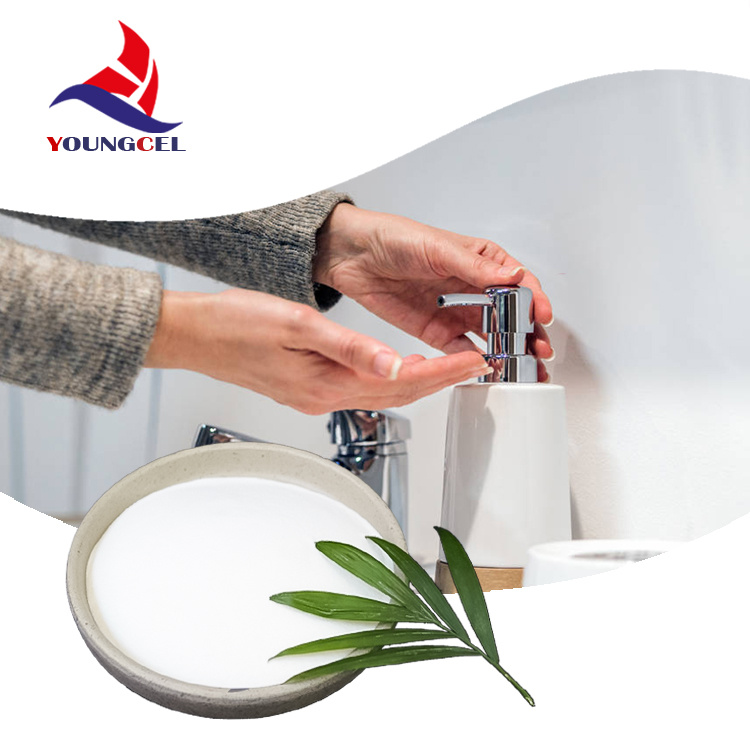Chemical Auxiliary Agents Catalysts for Modern Industry
In contemporary industrial processes, the term chemical auxiliary agents encompasses a broad range of substances that enhance or facilitate chemical reactions, improve product quality, and optimize operational efficiencies. These agents play an indispensable role across various sectors, including pharmaceuticals, textiles, plastics, and food processing. Their diverse functionalities have made them crucial for achieving desired outcomes while adhering to sustainability and safety standards.
Chemical auxiliary agents are often classified into several categories based on their specific functions. One of the most common types is the catalyst, which accelerates chemical reactions without being consumed in the process. Catalysts are pivotal in numerous industrial applications, particularly in the production of chemicals, fuels, and plastics. For instance, in petroleum refining, catalysts help convert crude oil into gasoline and other valuable products, significantly enhancing yield and efficiency.
Another important category of chemical auxiliary agents is surfactants, which lower the surface tension of liquids. Surfactants are widely used in detergents, emulsifiers, and dispersants. In the textile industry, they are crucial for dyeing and finishing processes, allowing for better penetration and uniformity of dye across fabrics. The ability of surfactants to interact with both water and oil makes them invaluable in formulating products that require fine-tuned performance, such as cosmetics and personal care items.
Stabilizers and preservatives are also critical auxiliary agents, especially in food and pharmaceutical industries. Stabilizers help maintain the physical and chemical properties of products, preventing degradation and ensuring safety. Preservatives, on the other hand, extend the shelf life of products by inhibiting microbial growth. The challenge lies in selecting agents that are effective yet safe for consumers, pushing industries toward natural and biobased alternatives.
chemical auxiliary agent

In addition to these categories, there are also functionality enhancers, which improve the properties of final products. For example, in the polymer industry, plasticizers modify the hardness and elasticity of materials, making them more suitable for specific applications. In paints and coatings, additives are incorporated to enhance drying times, adhesion properties, and resistance to environmental factors. These enhancements not only improve product quality but also add value, making products more competitive in the market.
The selection and application of chemical auxiliary agents are governed by several factors, including regulatory requirements, environmental impact, and economic considerations. With rising awareness regarding sustainability, many industries are investing in eco-friendly chemical auxiliary agents. Biodegradable options, derived from renewable resources, are increasingly being adopted to reduce the ecological footprint of industrial processes.
Moreover, innovation in the field of chemical auxiliary agents has led to the development of multifunctional products, which combine several properties into one agent. For instance, some modern surfactants also have antimicrobial properties, providing dual functionality that meets the demands of various industries. This trend not only simplifies formulations but also reduces the need for multiple additives, streamlining production processes and minimizing waste.
The future of chemical auxiliary agents is closely tied to advancements in technology and material science. The emergence of green chemistry principles is driving researchers and manufacturers to explore new pathways for creating effective auxiliary agents with minimal environmental impact. Additionally, advancements in analytical techniques allow for better characterization and understanding of these agents, paving the way for more efficient and targeted applications.
In conclusion, chemical auxiliary agents are vital components in numerous industrial processes, acting as facilitators that enhance efficiency, product quality, and sustainability. Their multifaceted roles, from catalysts to surfactants and stabilizers, demonstrate their importance across various sectors. As industries continue to evolve, the demand for innovative and eco-friendly auxiliary agents will only grow, making continued research and development in this field essential for future progress. The integration of sustainability practices in the formulation and application of these agents will ensure that they remain beneficial, efficient, and safe, thus driving forward the agenda of responsible industrial growth.
-
The Application and Significance of Construction RdpNewsMay.19,2025
-
Industrial Grade HpmcNewsMay.19,2025
-
Building Coating Adhesive Building Coating Adhesive HpmcNewsMay.19,2025
-
Application Of Hpmc For Detergent For Detergent In DetergentsNewsMay.19,2025
-
Application Of Hpmc Cellulose In Cement-Based MaterialsNewsMay.19,2025
-
Application Of High Quality Hpmc For Construction In The Field Of ConstructionNewsMay.19,2025




